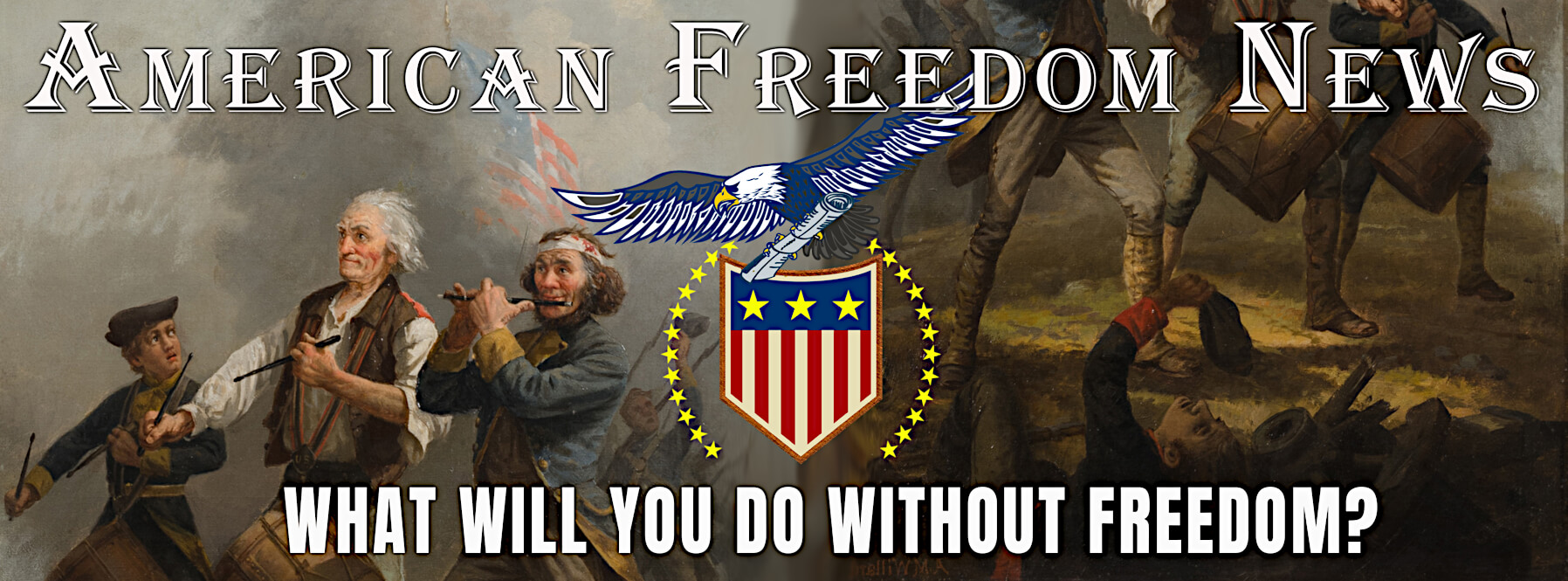When you said buying independently graded and verified baseball cards is a bit safer, I thought of all the other collectibles that can be bought in slabbed and graded forms. Anyone here ever collect coins?
I've collected coins at different points in my life and also took a very long hiatus before tentatively getting back into it. I think, like baseball cards, if you buy them graded and verified, you can be sure you are getting the real thing for the most part, but that's only part of it. Baseball cards, and ephemera like movie and concert posters and comic books seem to be graded on a 1 to 10 basis, 10 being gem mint untouched. In coins it's a 1 to 70 basis, 70 being gem mint perfect. Two companies started in the late eighties have been the most trusted: PCGS and NGC. It's not terribly cheap to have your individual coins graded. Dealers have it better by sending in a bulk amount of coins to these companies who then have their people grade them, then assign numbers and take pics to upload to their databases, slab them in holders, and send them back.
Through the years, people have noticed that similarly dated and denominated coins with the same grade can look very different, quality wise. Coins in older holders from the eighties seem to have been graded more accurately than those more recently so. Does it come down to the employees back then as opposed to now? Different criteria from year to year? A little under the table payola? Why does a, say $5 Indian coin from the twenties, vary as much as a thousand dollars if it is graded MS-65 (Mint State) as opposed to MS-64? What little vague detail makes that one a 65 and that one a 64?
Recently a new company called CAC (Certified Acceptance Corporation) has been grading coins that were already slabbed by PCGS and NGC, due to the perceived widely divergent quality differences between coins with the same grades. If CAC agrees with the grade that PCGS or NGC has already given it, it puts a CAC sticker on it, and records the number of the coin in their own database. If it doesn't agree with the grade previously given by PCGS or NGC, it just sends the coin back without a sticker and nothing to show for it. So if that particular coin is sold to someone else who wants to send it to CAC to possibly get that prized sticker, it could be sent over and over with no new owner being the wiser. CAC has recently started accepting non graded coins, which I'm sure has PCGS and NGC none too pleased. People will also pay thousands for a super common coin just because it is graded higher than any that anyone else has.
To end this comment, all these grading services have totally ruined the hobby for me. I've got to think that there is payola involved with all the money to be made by moving the grade up even one number. You can read coin collectors swearing by what grade CAC gives their coins, but are they completely unbiased, or do they have to believe CAC is honest because they've bought into it? Sort of like people buying into the Covid jab because they don't want to believe they've been had. It would be too shocking and they've invested too much into it.


